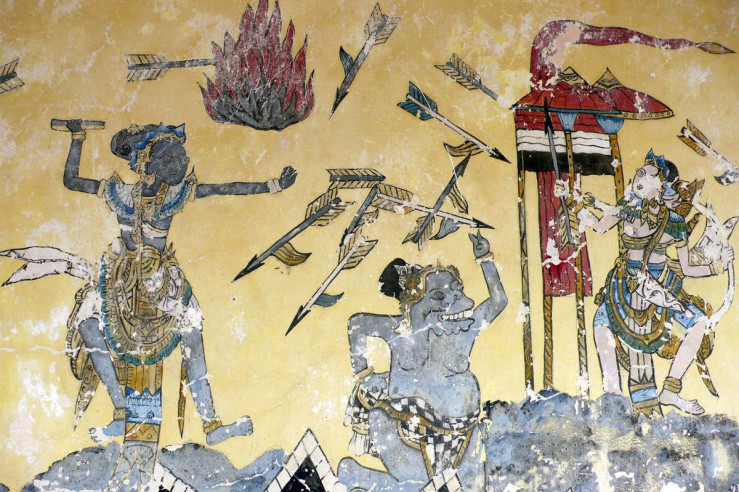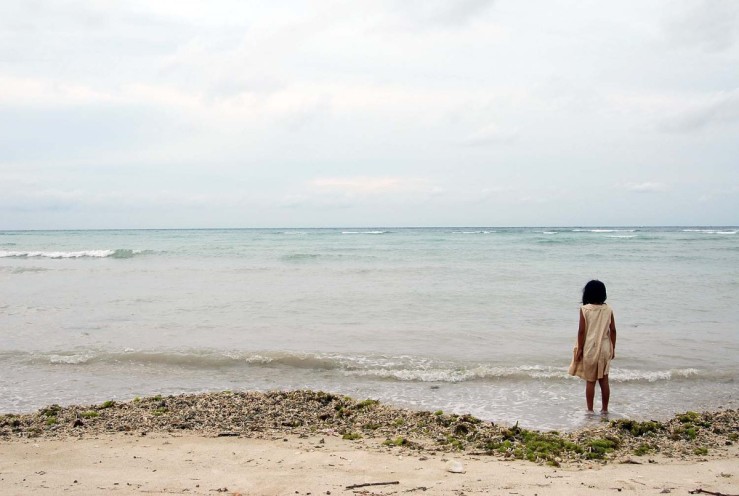I am a cognitive psycho-neurolinguist.
Wandering deep into the Tarim Basin along the Silk Road in Central Asia I discovered the Tokharin language and Afansievo culture dating 4,000 years. It was a proto-Indo European language with Celtic and Indian connections established by trade caravans and explorations. I suspect it is Qarasahr or IA, based on an Iranian dialect.
A change of context changes experience. On the loom of time the three fates weave the word context from Latin.
Con (with or together) and texere (to weave).
A change in context is an essential and active process. Weaving directs thoughts, emotions and actions.
A kairos shuttle passes through openings in the space-time continuum. The loom binds or connects the weaver’s ability and power to speak.
Dancing in dunes away from precious oceans the wise spirit of Hsuan-tsang, a Chinese Buddhist monk recitesThe Diamond Sutra, the world’s oldest printed book dated May 11, 868.
As Gascoigne, the author of The Dynasties and Treasures of China said, “The text is printed from six large blocks, each of them two and a half feet long by almost a foot broad. The scroll is a worthy and complete ancestor of all subsequent books, for it contains not only a superb woodcut as a frontis-piece...”
Hsuan-tsang was a Chinese pilgrim. He traveled to India along the Silk Road seeking out original Indian Buddhist holy books. He discovered 1,000 deserted monasteries destroyed by Hun invasions in the 5th century. He wandered through India for sixteen years visiting Buddhist places. He collected Indian holy books and carried them back to China.
While turning pages between Sanskrit words, mlecchita-vikalpa, the art of secret writing, Hsuan-Tsang tells us existence is formless. The human condition is actually hopeless, humans will never really know the universe and the concept of soul is an illusion.
Suffering is an illusion. Abracadabra!
Curious to see more to know less, I glide on after removing a grain of sand from my shoe. It isn’t the mountain that’s hard to climb it’s the grain in one’s shoe.
Years later in Colorado I met a mountain climber who, after confronting trial, error, doubt and fear reached a rocky mountain summit.
“Well, how did I do?” she asked her instructor.
“Are you still alive?”
“Yes.”
“Well, what did you expect?”
I asked her, “Where do you step from the top of a 100 foot pole?”
Down in the southern province of Suhag in Egypt where King Scorpion lived 5,300 years ago I worked with archeologists discovering clay tablets.
Humans recorded taxes on oil and linen; a material Egyptians considered ritually pure under the protection of the goddess Tayt. The hieroglyphic line drawings of animals, plants and mountains revealed stories of economies and commodities.
In Nevali Cori we found 9,000 year-old shards of ceramics pottery depicting dancers.
“These images,” said a metaphorical digger, “reveal a common ancestor creating to integrate their community.”
A camelhair brush cleaned shards. “Anything else?”
“Well,” one said sifting dust, “we surmise these images established a collective discipline in their community. See how the figures are holding hands? What do you see now?”
“I see a circle of movement. A connected unity, a language in space.”
“It’s more than that. There are five rhythms in dance. You start with a circle. It’s a circular movement from the feminine container. She is earth.”
“Earth?”
“Yes, then you have a line from the hips moving out. This is the masculine action with direction. He is fire.”
“Fire is the driver.”
“Chaos is next, a combination of circle and lines where the male and female energies interact. This is the place of transformation.”
“I see. And then?”
“After chaos is the lyrical, a leap, a release. This is air. The last element of dance is stillness. Out of stillness is born the next movement.”
Language dances in space.
Every fourteen days a living language dies on Earth. The last speaker says good-bye.
6,100 and counting.
Storytellers sing oral traditions. They memorize stories, songs, poems, seasons, celebrations, rites, magic and ceremonies. They create and exchange family, clan, tribal myths and legends. Their children listen, memorize, chant and recite ancestor songs.
An historian’s job is trying to understand what happened through time.
An anthropologist’s job is to understand how people told their creation stories.
Mircea Eliade, a historian of religions, said, “Myths tell only of that which really happened.”
Myths suggest that behind the explanation there is a reality that cannot be seen and examined. A myth is a story of unknown origins. Myths are sacred stories of religion based on belief, containing archetypical universal truths. They are in every place and no particular place. The world is sacred.
Myths, legends, stories.
Neurons fire on all cylinders. Seven trillion human cells dance. The honorable monkey mind trickster sleeps, sensing pure purpose, destination, goals and reflections. If I do not pay complete attention the monkey mind identifies with a mental movie and runs wild splashing green jealous slashes, red anger strokes and blue attachment colors on pure empty canvases. I respect wild monkey mind. Keep a meditative eye on it. Mindfulness.
Magic words grow here.
Old roots expose wired genetic guilt and illusionary fear traps.
Intensity propels ten claws across twenty-six keys. Reed-like digits reflect use and neglect.
Psychology handles the branches. Mindfulness swims with roots.
Evolution flashes flickering beams of incandescent auras and pulsating electro-magnetic fields evolving character, attitude, values, behaviors and intention.
Intention is karma.
Perpetual transformation.
A Century is Nothing








 Share Article
Share Article 




